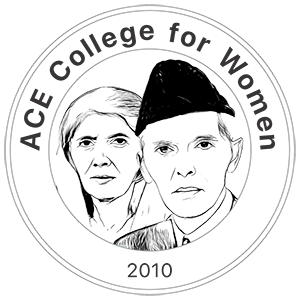Potassium Adsorption in Soils Derived from Four Different Parent Materials Under Oil Palm Cultivation
| Received 19 Mar, 2025 |
Accepted 23 Jun, 2025 |
Published 30 Sep, 2025 |
Background and Objective: Potassium is the most important nutrient element necessary for oil palm yield improvement. Its adsorption in soils of four different parent materials of the oil palm was studied at the Nigerian Institute for Oil Palm Research. Materials and Methods: Soil samples obtained from profile pits sunk under four different parent materials of the oil palm, namely alluvium, coastal plain sand, basement complex and shale mixed with sandstone and clay, were used for adsorption studies to determine their K-adsorptive capacities. Results: Texturally, the soils ranged from loamy sand to sandy loam and exhibited different adsorptive capacities after equilibration. In soils under Coastal Plain Sand parent materials, Freundlich, Langmuir and Temkin Adsorption Isotherms had r2 values of 97, 26 and 57%, respectively. This trend was also observed in the other soils. Langmuir and Temkin reflected the adsorptive capacities of soils under alluvium and coastal plain sand, while Freundlich and Temkin’s adsorptive models reflected the adsorptive capacities of soils under basement complex rocks and shale mixed with sandstone and clay. Conclusion: The adsorptive capacity of the soils under alluvium was rapid, though it took a longer time to reach equilibration when compared to others. The study therefore showed that potassium fertilization made to improve oil palm yields in soils under Basement Complex Rocks and Shale Mixed with Sandstone and Clay could be done less frequently because of their high K adsorptive capacities while K application in soils under alluvium and Coastal Plain Sand Parent materials could be done more frequently because of their low K adsorptive capacities.
How to Cite this paper?
APA-7 Style
Stanley,
U.C., Samuel,
A.O., Efosa,
O.P. (2025). Potassium Adsorption in Soils Derived from Four Different Parent Materials Under Oil Palm Cultivation. Trends in Environmental Sciences, 1(3), 230-238. https://doi.org/10.21124/tes.2025.230.238
ACS Style
Stanley,
U.C.; Samuel,
A.O.; Efosa,
O.P. Potassium Adsorption in Soils Derived from Four Different Parent Materials Under Oil Palm Cultivation. Trends Env. Sci 2025, 1, 230-238. https://doi.org/10.21124/tes.2025.230.238
AMA Style
Stanley
UC, Samuel
AO, Efosa
OP. Potassium Adsorption in Soils Derived from Four Different Parent Materials Under Oil Palm Cultivation. Trends in Environmental Sciences. 2025; 1(3): 230-238. https://doi.org/10.21124/tes.2025.230.238
Chicago/Turabian Style
Stanley, Uwabor, Chukwuma, Adejoro Ola Samuel, and Osayande Pullen Efosa.
2025. "Potassium Adsorption in Soils Derived from Four Different Parent Materials Under Oil Palm Cultivation" Trends in Environmental Sciences 1, no. 3: 230-238. https://doi.org/10.21124/tes.2025.230.238

This work is licensed under a Creative Commons Attribution 4.0 International License.




